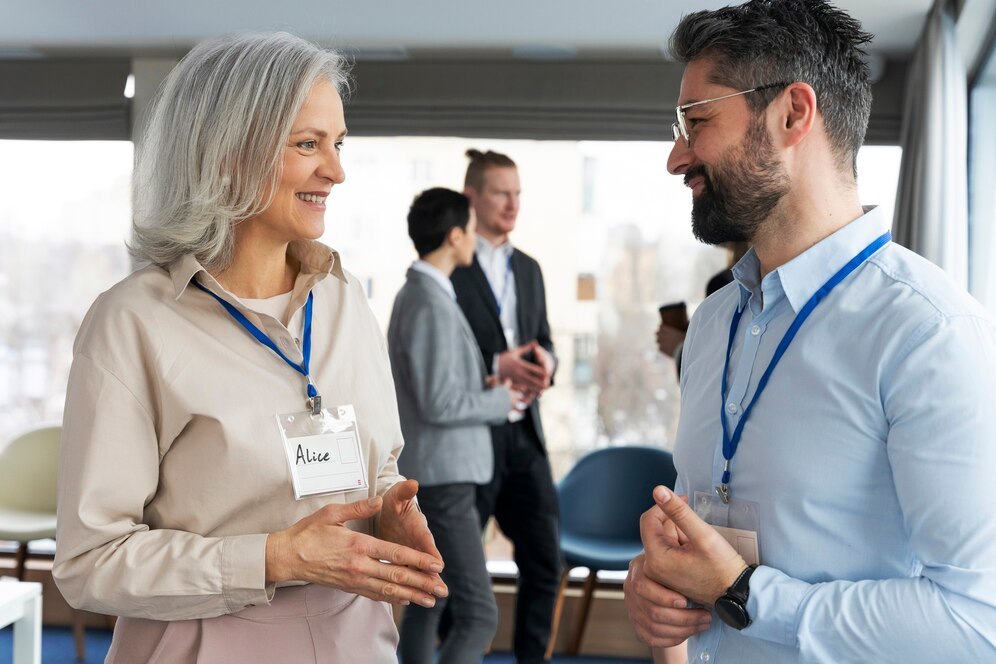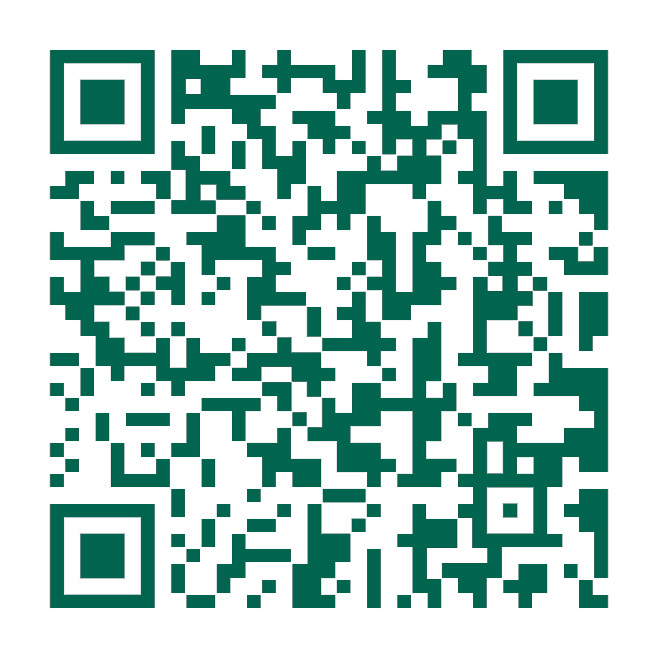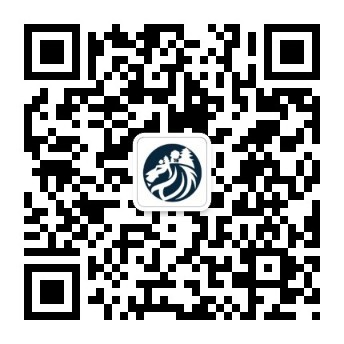23
2024
/
12
Explore the efficient cooperation model between headhunters and enterprises

In today's rapidly changing business environment, the demand for talent by enterprises is becoming increasingly urgent and diverse. Headhunting companies, as professional talent search and recruitment agencies, have gradually become an important way for enterprises to acquire high-end talent. However, how to build an efficient cooperation model between headhunters and enterprises to maximize the interests of both parties has become a topic worth exploring in depth. This article will focus on this theme from three aspects: the choice of cooperation model, the establishment of communication mechanisms, and the evaluation of cooperation effectiveness, discussing how headhunters and enterprises can work together to create a new chapter of efficient cooperation.

Explore the efficient cooperation model between headhunters and enterprises:
1. Choice of Cooperation Model: Balancing Customization and Flexibility
The cooperation model between enterprises and headhunting companies should not be confined to traditional frameworks but should be customized based on the specific needs of the enterprise and industry characteristics. This includes but is not limited to the following models:
1. Project-based Cooperation: For specific projects or urgent talent needs, enterprises sign short-term cooperation agreements with headhunting companies, clarifying recruitment goals, timelines, and budget constraints to ensure quick response and efficient execution.
2. Long-term Strategic Partnership: For enterprises with ongoing recruitment needs, establishing a long-term stable partnership with headhunting companies allows for sharing market insights, talent trends, and recruitment strategies to achieve mutual benefits.
3. Joint Talent Pool Development: Enterprises work with headhunting companies to jointly establish and maintain a talent pool that not only meets current recruitment needs but also lays a foundation for future talent reserves and succession planning.

2. Establishing Communication Mechanisms: Transparency and Timeliness
Effective communication is key to successful cooperation between headhunters and enterprises. Both parties should establish a transparent, timely, two-way communication mechanism to ensure accurate information transfer and timely problem resolution.
1. Regular Meetings and Reports: Set fixed communication frequencies such as weekly or monthly meetings along with regular recruitment progress reports to ensure both parties have a clear understanding of recruitment progress, candidate quality, and market feedback.
2. Immediate Feedback and Adjustments: During the recruitment process, if any challenges or changes arise, both parties should communicate immediately to discuss solutions together while flexibly adjusting recruitment strategies.
3. Information Sharing Platform: Utilize modern communication tools such as WeChat Work or DingTalk to establish an information-sharing platform that facilitates real-time information exchange and document sharing between both parties.
Free Consultation for Headhunting Services
Click/Scan the QR code above for a free consultation on headhunting services
Contact Number: 14082421239

3. Evaluation of Cooperation Effectiveness: Balancing Quantitative and Qualitative Aspects
Evaluating cooperation effectiveness is an important standard for assessing whether the cooperation model is efficient. Enterprises should set clear evaluation indicators that include quantitative indicators such as recruitment cycle duration, candidate quality, onboarding rates etc., as well as qualitative indicators like candidate satisfaction levels or cultural fit within the company.
1. Quantitative Evaluation: Measure the efficiency and effectiveness of headhunter services through data analysis such as percentage reduction in recruitment cycles or specific metrics indicating improved candidate quality.
2. Qualitative Evaluation: Collect feedback from candidates through surveys or interviews with internal employees regarding their satisfaction with headhunter services as well as evaluations of cultural fit within the enterprise for a comprehensive understanding of cooperation effectiveness.
3. Continuous Improvement: Based on evaluation results, both parties should jointly analyze existing problems and challenges while proposing improvement measures to continuously optimize their cooperation model for ongoing improvement and iterative upgrades.

'The efficient cooperation model between headhunters and enterprises requires not only balancing customization with flexibility in their collaboration models but also establishing transparent interactions alongside timely communications in their mechanisms while achieving equal emphasis on quantitative versus qualitative evaluations in assessing cooperative outcomes.' Through such cooperative models, enterprises can more efficiently acquire needed talents which drives business development; meanwhile headhunting firms can continuously enhance their professional capabilities while meeting client demands thereby increasing market competitiveness.' In future developments alongside technological advancements along with market changes will lead continuous innovations in collaboration models bringing more opportunities for mutual value creation.
FORESTOWN main global high-end talent search and personal career development services
We have served 5000 customers in 74 countries.














